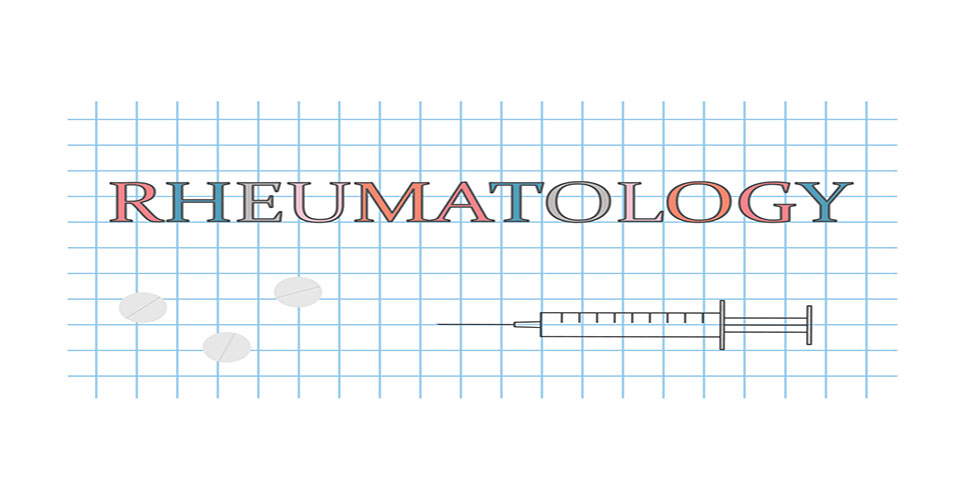teaser
A meta-analysis of clinical trial data indicates that in the treatment of rheumatoid arthritis (RA), the medium-term risk of serious infection with rituximab and abatacept is low, although high-dose anakinra may be associated with increased risk in some patients.
The authors note that drugs blocking tumour necrosis factor alpha (TNF) are associated with an increased risk of serious infections, and carried out this analysis to determine whether some newer biological agents used in RA were also associated with an increase.
They used a comprehensive literature search strategy to locate randomised, placebo-controlled trials of each of these agents in patients with RA where the rate of serious infections was reported. Treatments were divided into high-dose and low-dose groups, and the primary outcome was the infection rate with each compared to placebo.
From 490 articles located by the initial search, 12 were considered eligible for analysis: 3 for rituximab, 5 for abatacept and 4 for anakinra (patient numbers were rituximab n=745, abatacept n=1,960, anakinra n=2,062 and placebo n=2,112). All participants had refractory RA not responding to DMARD, and three studies included patients not responding to TNF-blockers. Follow-up duration ranged from 12 to 48 weeks.
Overall, neither rituximab nor abatacept were associated with a statistically significant increase in the risk of serious infections compared to placebo, although the authors caution that the studies for these two drugs were not adequately powered to detect a statistically significant difference in infections.
There were five studies of anakinra involving 2771 patients, of whom nearly a third had at least one significant co-morbid condition additional to RA. The overall rates of serious infection were not statistically significantly different between the anakinra and placebo groups (1.4% vs. 0.5%), however patients with co-morbidity had a higher rate (2.5%), and when the high-dose group was analysed, the difference between active and placebo groups became statistically significant (odds ratio 3.40; 95% CI, 1.11 to 10.46). When patients with co-morbidity were excluded from this analysis, the difference was no longer statistically significant.
The authors conclude that rituximab and abatacept are not associated with an increased risk of serious infections compared to placebo, but that anakinra may be associated with an increased risk in patients with co-morbidity. They suggest that larger trials are required to confirm this in practice.

